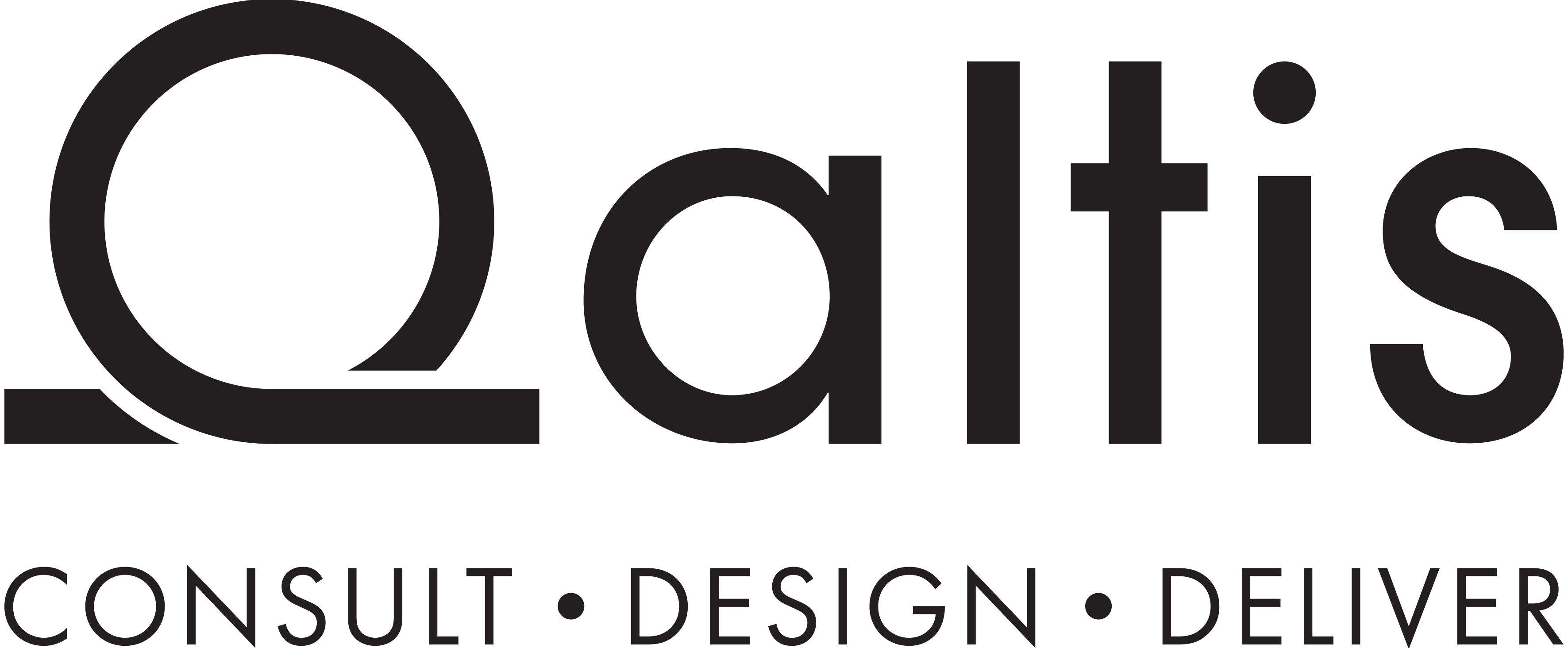Space affects us all: the Altis proprietary research
Introduction to Altis Proprietary Research Project
Altis is proud to announce the launch of an ambitious research project titled Wellbeing in the Workplace, spearheaded by Nicoletta Brancaccio, Head of Research at Altis and PhD candidate at the University of the West of England. Nicoletta’s work delves into the intricate relationship between space and the behavioural responses of its occupants, exploring how the environments we inhabit shape our experiences and wellbeing.
For architects, the opportunity lies in understanding how we interpret and construct space—how these processes influence not only our actions but also our sense of wellbeing. Altis is embarking on a vital investigation that unites workplace design with human emotional and cognitive responses, paving the way for architecture and interiors that are more responsive, inclusive, and attuned to neurodiversity.
This research considers a multitude of factors that influence, impact, or enhance the quality of life. The foundation of this complex inquiry is a simple yet profound question: What can architecture do for people? Not just in terms of boosting productivity, but in empowering individuals and making them feel better at work.
Decoding Space and Reality
We experience and “code” space largely through interruptions—what researchers call discontinuities. A blank, featureless surface offers no stimulus, no activation for the brain. But when a line, a break, or any kind of interruption disrupts that blankness, we begin to see and interpret. This is the act of coding space.
However, the construction of reality is an entirely different process. We do not merely decode reality—we actively build it. Each individual’s perception is unique, shaped by their background, culture, experiences, and the meanings they assign to objects and spaces. As James Gibson described with the concept of affordance, objects and spaces inherently suggest actions, but the meaning of these suggestions is deeply personal and contextual.
The real challenge today is not only to recognise these pre-existing meanings but also to attribute new ones—meanings that align with and promote wellbeing.

The PERMA Model and Architecture’s Role
According to Martin Seligman, a leading theorist on wellbeing, flourishing is enabled by five core building blocks: Positive Emotion, Engagement, Relationships, Meaning, and Accomplishment (PERMA™). Each of these can be nurtured through strategic interventions, and architecture has the power to influence all five.
Architecture can inspire engagement by encouraging interaction with spaces. It can foster relationships by creating environments that bring people together. It can shape the meanings we associate with our surroundings, enhancing our emotional connection to the workplace. In essence, architecture is not just about structures; it is about creating experiences that enable people to thrive.
A Collaborative Approach
This research journey will involve collaboration with professionals from diverse fields, including psychologists and workplace specialists, to gain a deeper understanding of emotions and experiences tied to work environments. We aim to differentiate between emotions and feelings, exploring their connections to specific types of spaces.
By integrating knowledge from various disciplines, we hope to develop actionable insights for architects and designers, enabling them to create environments that significantly enhance the quality of life for employees and all who experience these spaces.
The Wellbeing in the Workplace project seeks to redefine how we think about architecture—not just as a backdrop to work, but as an active participant in shaping human wellbeing.
Embracing Downtime: The Hidden Benefits of Unstructured Office Spaces
Introduction
In today’s fast-paced work culture, the idea of having moments of ‘nothingness’ might seem counterproductive. However, creating spaces in the office where employees can experience unstructured time—moments free from specific tasks or pressures—can significantly enhance psychological well-being and overall productivity.
Unstructured time allows the mind to wander, fostering creativity and reducing stress. By integrating areas within the workplace designed for relaxation or informal interactions, companies can promote a healthier work environment.
Key insights include:
- Mental Rejuvenation: Allowing periods of unstructured time can help prevent burnout and improve mental health. The pressure to remain constantly productive can lead to significant stress, negatively impacting cognitive functions and overall well-being. Research has shown that prolonged periods of stress can elevate cortisol levels, a hormone associated with stress, which negatively affects memory, concentration, and decision-making. Incorporating quiet, unstructured spaces within the office can provide employees with a mental break, encouraging relaxation and allowing the mind to recover.
In fact, chronic boredom at work can be more detrimental than burnout, often leading to feelings of disconnection and a lack of engagement. Creating a space where employees can have a break from high-stress tasks allows them to return to their work with a refreshed mindset. The occasional boredom experienced in these spaces may actually serve to rest the mind, leading to increased focus and performance once they return to their responsibilities. (Forbes)
- Enhanced Creativity: Unstructured time provides employees with the freedom to explore new ideas without immediate constraints, potentially leading to innovative solutions. Creativity thrives when individuals have the opportunity to disconnect from the routine pressures of work. Studies have shown that allowing employees downtime not only prevents burnout but can also lead to a surge in creative output. For instance, companies like 3M have implemented ‘15% time’, a period during which employees can work on projects outside their usual responsibilities. This initiative has been credited with some of the company’s most groundbreaking innovations, like the development of the Post-it Note. Providing unstructured time gives employees the opportunity to think freely, leading to new perspectives and ideas that might not arise in a strictly task-oriented environment. (Innovation Vivint)
- Improved Job Satisfaction: Providing spaces for unstructured time can lead to higher employee satisfaction, as it allows for a balance between structured tasks and personal time. A work environment that acknowledges the need for breaks and relaxation can prevent mental exhaustion and promote a healthier work-life balance. Studies have shown that workplaces offering flexibility and restorative spaces experience lower rates of employee turnover. According to a study published in National Institutes of Health (NIH), employees who are given the opportunity to engage in restorative activities—whether through quiet spaces, mindfulness rooms, or social break areas—report feeling more engaged, satisfied, and loyal to their organisation. Additionally, organisations that understand the need for balance are more likely to attract and retain top talent, as employees are seeking environments that prioritise their well-being. (PMC)

Conclusion
By recognising the importance of unstructured time and designing office spaces that accommodate it, organisations can create a more supportive environment that values employee well-being alongside productivity. These types of spaces aren’t about offering ‘time off’ but about fostering the right conditions for the mind to recharge, thereby making employees more effective and content in their roles.




